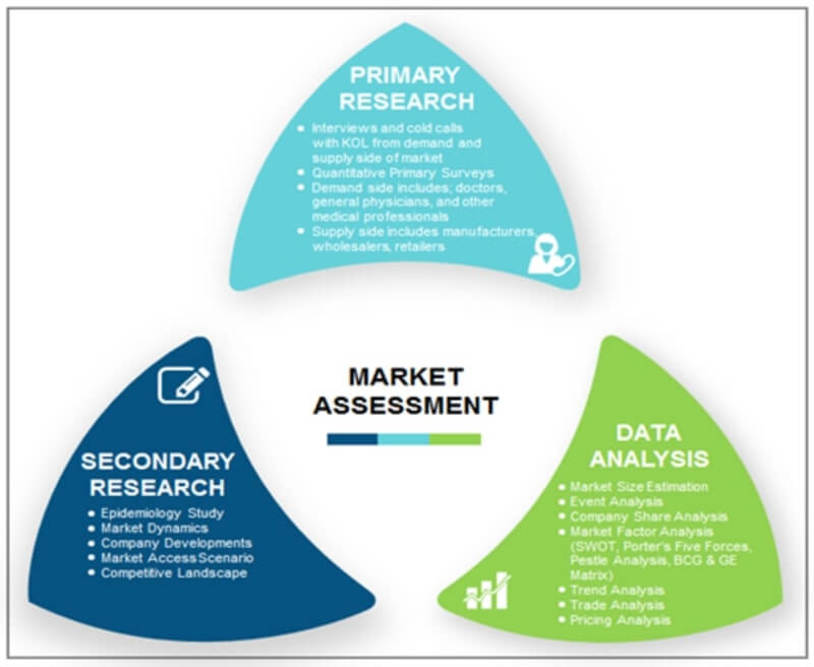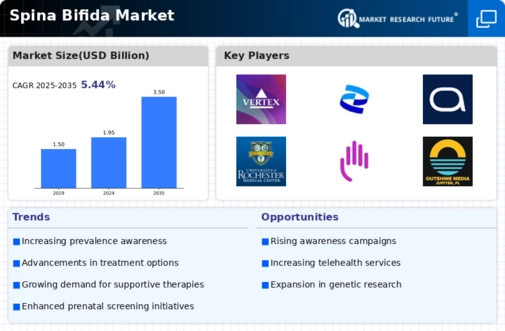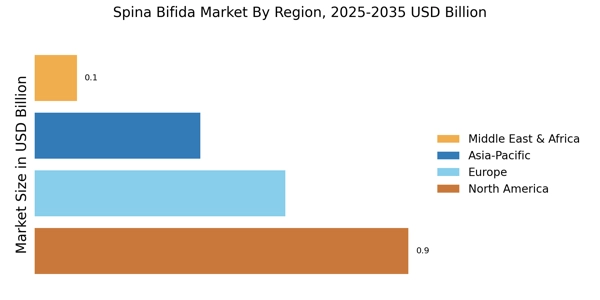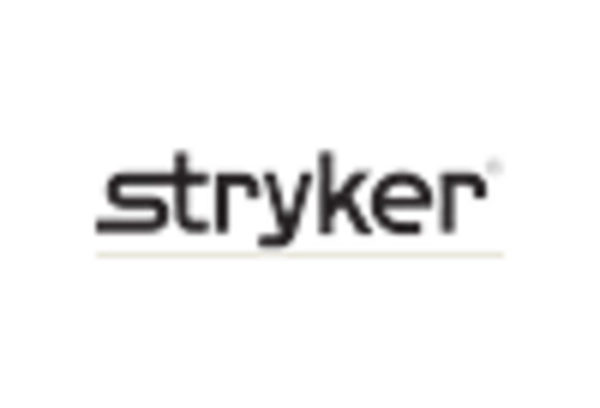Rising Incidence of Spina Bifida
The increasing incidence of Spina Bifida Market appears to be a pivotal driver for the Spina Bifida Market. Recent data indicates that approximately 1 in 1,000 births are affected by this condition, which translates to a significant number of individuals requiring ongoing medical care and support. This rising prevalence necessitates enhanced healthcare services, including surgical interventions and rehabilitation therapies, thereby expanding the market. Furthermore, as awareness grows regarding the importance of prenatal care and folic acid supplementation, the Spina Bifida Market is likely to witness a surge in demand for preventive measures and early interventions. The need for specialized healthcare services tailored to the unique challenges faced by individuals with Spina Bifida Market could further stimulate market growth.
Government Initiatives and Funding
Government initiatives and funding aimed at addressing Spina Bifida Market are likely to significantly impact the Spina Bifida Market. Various health organizations and governmental bodies have recognized the need for increased support for individuals with Spina Bifida Market, leading to the allocation of resources for research, treatment, and education. For example, funding for clinical trials and studies focused on innovative therapies can drive advancements in care. Additionally, public health campaigns aimed at raising awareness about Spina Bifida Market and its prevention may lead to increased screening and early diagnosis, further influencing market dynamics. The commitment of governments to improve healthcare infrastructure and support services for individuals with disabilities could bolster the Spina Bifida Market.
Technological Innovations in Treatment
Technological advancements in treatment options for Spina Bifida Market are likely to play a crucial role in shaping the Spina Bifida Market. Innovations such as minimally invasive surgical techniques and advanced imaging technologies have improved patient outcomes and reduced recovery times. For instance, the development of in utero surgical interventions has shown promise in addressing spinal defects before birth, potentially altering the trajectory of the condition. As these technologies become more widely adopted, the market may experience an influx of new products and services aimed at improving the quality of life for affected individuals. The integration of telemedicine and digital health solutions also appears to enhance access to care, thereby expanding the reach of the Spina Bifida Market.
Increased Focus on Patient-Centric Care
The shift towards patient-centric care models is likely to influence the Spina Bifida Market significantly. Healthcare providers are increasingly recognizing the importance of involving patients and their families in decision-making processes regarding treatment options and care plans. This approach not only enhances patient satisfaction but also improves adherence to treatment regimens. As a result, the Spina Bifida Market may see a rise in demand for personalized care solutions that cater to the unique needs of individuals with Spina Bifida Market. Furthermore, the integration of patient feedback into service development could lead to innovative therapies and support systems, ultimately driving market growth. The emphasis on collaborative care models may also foster partnerships between various stakeholders in the healthcare ecosystem.
Growing Demand for Rehabilitation Services
The growing demand for rehabilitation services for individuals with Spina Bifida Market is emerging as a significant driver in the Spina Bifida Market. As individuals with this condition often require comprehensive rehabilitation programs to enhance mobility and independence, the market for physical therapy, occupational therapy, and assistive devices is expanding. Data suggests that a substantial percentage of individuals with Spina Bifida Market experience mobility challenges, necessitating tailored rehabilitation services. This demand is likely to encourage healthcare providers to develop specialized programs and interventions, thereby fostering growth within the Spina Bifida Market. The emphasis on holistic care approaches that address both physical and psychological aspects of living with Spina Bifida Market may further enhance service offerings.


















Leave a Comment